ANGOLA & SOUTH AFRICA
Two faces of Africa
We offer you incredible opportunity to see two different faces of Sub-Saharian Africa. On one hand we have Angola, with the capital in Luanda (the fifth biggest African agglomeration), huge and beautiful country among virgins landscapes and rising democracy. On the other hand we have the Republic of South Africa, the richest country in Africa with two major cities Johannesburg and Cape Town. Agglomeration of Johannesburg with the capital in Pretoria and the city of Cape Town, one of the most amezed situated cities in the world, where the two oceans meets.
7 days in Angola
DAY 1,2 – Luanda
Arrive in Luanda and transfer to the hotel. Relax by the swimming pool at the hotel.
Luanda
Angola is country, with the capital in Luanda (the fifth biggest African agglomeration), huge and beautiful country among virgin’s landscapes and rising democracy.
The capital of Angola, Luanda sits on the coast of the Atlantic Ocean and is divided into two parts; Baixa de Luanda and Cidade Alta. It is the administrative, cultural and urban centre of the country, as well as being the third most populous Portuguese-speaking city on the world. It is a fast growing city, with major reconstruction and development projects popping up all over the city, which has attracted numerous immigrants over the past few years.
Its new infrastructure means that it is a very comfortable city for tourists to visit, and, mixed with its warm climate; it is quite an appealing destination. There are also plenty of things to do both in the city and just outside of it.
Visit the Saint Michael Fortress one of the things that is most beautiful about the fortress are the ornate wall tiles that tell the story of Angola’s history. It also displays plenty of other ancient relics.
In 1996, the Saint Michael Fortress became a UNESCO World Heritage site. Since then, it has become one of the most popular places to visit in the city.
DAY 3, 4- Cabo Ledo
Cabo Ledo is located in the province of Bengo, about 120 kilometres south of the Luanda capital and is part of the Kissama National Park. It is a region rich in fauna and flora, due to the hiking trails and unique landscapes, as well as the diverse animal life.
Cabo Ledo also has an invaluable historical value, since in 1648 the fleet landed here, which came from Brazil and recovered Angola for Portuguese domination, after seven years under Dutch domination.
The spot offers good swimming, fishing, snorkelling, and surfing opportunities. Tourist infrastructure makes this spot a perfect family holiday destination, with waterfront restaurants serving up fresh seafood. Surf resort and bungalows are at the beachfront in Cabo Ledo. Bungalows with access to playground, beach facilities, bars, pool, and a delicious restaurant area.
DAY 5 -Benguela – Blue Bay
Arrive in Benguela and transfer to the hotel duas faces. Explore the confort of Hotel, relax by the swimming pool and enjoy as if you were in Greece.
The hotel is located 30 km from the city of Benguela, Blue bay with contemporary lines of maritime inspiration. Located in a privileged area of Blue Bay, considered the mother of the beaches of Baia Farta, as such, it offers its customers stunning beaches and landscapes suitable for rest.
The sights, the hospitality and the two stations provide incredible landscapes for tourists visiting the city. The quality of the hotel is, ideal for tourists and businesses, whose rooms are well equipped.
The restaurant on the first floor serves typical Angolan and Portuguese food and guests can have lunch or dinner on the terrace and enjoy a wonderful varied buffet with typical dishes on Saturdays and Sundays.
The Hotel also offers bicycles for rent so you can get to know the city better.
DAY 6- Kalandula Falls
http://zolela.com/services/kalandula-falls-angola/
Kalandula Falls
Arrive to Kalandula Falls in the early afternoon. Lunch will be provided. Exploration of impressive mission church (Igreja de São Miguel) built in 1958. Overnight stay and dinner at Malange.
Kalandula Falls
Kalandula is a waterfall in north-western Angola, in the province of Malanje, on the Lucala River, accessed by routes leading through rocky landscapes. In colonial times, it was called the waterfall of the Duque de Bragança Falls, as a tribute to the Portuguese royal family. Irrespective of ranking, at 105m high and about 400m wide they are spectacular and well worth making the effort to visit them. Whether you are a nature lover or any other kind of traveller, Kalandula Falls will be an experience of a lifetime. The road to the destination will build anticipation that will peak when you arrive, causing a rush of awe for the wonders of nature. The province Malanje is rich in sights. The Pedras Negras “black stones” are a mystical place with an interesting history. The historic site was the venue of the resistance to the Portuguese.
Built in the 1950s, in a privileged location, overlooking the Kalandula Falls, Pousada Duque de Bragança was named after the Duque de Bragança Falls. The Pousada building is being rehabilitated after it has been completely transformed into rubble. The hostel currently has 7 rooms in the main building.
Day 7- Luanda
Transfer to the airport. Departure.
7 Days in South Africa – Cape Town
DAY 1- Cape Town
Arrive in Cape Town and transfer to the hotel. Relax by the swimming pool at the hotel.
Cape Town is the second-most populous city in South Africa, after Johannesburg, and the legislative capital of South Africa.
Colloquially named the Mother City, it is the largest city of the Western Cape Province and forms part of the City of Cape Town metropolitan municipality. The Parliament of South Africa is also situated there. The city is known for its harbour, for its natural setting in the Cape Floristic Region, and for landmarks such as Table Mountain and Cape Point.
Located on the shore of Table Bay, Cape Town, as the oldest urban area in the Western Cape, it was developed by the Dutch East India Company (VOC) as a supply station for Dutch ships sailing to East Africa, India, and the Far East. Jan van Riebeeck’s arrival on 6 April 1652 established the VOC Cape Colony, the first permanent European settlement in South Africa. Cape Town outgrew its original purpose as the first European outpost at the Castle of Good Hope, becoming the economic and cultural hub of the Cape Colony. Until the Witwatersrand Gold Rush and the development of Johannesburg, Cape Town was the largest city in South Africa. Cape Town is not only a popular international tourist destination in South Africa, but Africa as a whole. This is due to its mild climate, natural setting, and well-developed infrastructure. The city has several well-known natural features that attract tourists.
DAY 2 – The Two Oceans Aquarium
Just at the Victoria & Alfred Waterfront in Cape Town, Western Cape, you find the two oceans aquarium comprises several exhibition galleries with large viewing windows the aquarium is named for its location, where the Indian and Atlantic Ocean meet.
Skretting Diversity Gallery – This gallery showcases marine life of South Africa’s two oceans, and the major Benguela and Agulhas Currents that dominate its shores. Notable species include Knysna seahorses, moray eels, anemonefish, cryptic klipfish, sea stars, compass jellyfish, shysharks and temporary exhibitions of foreign species, such as Japanese spider crabs and Atlantic horseshoe crabs.
I&J Children’s Play Centre – Various activities to keep the young visitors entertained. Puppet shows, arts and craft.
Predator Exhibit – This exhibit holds 2 million litres of seawater. Ragged-tooth sharks as well as various other fishes are found in the exhibit.
I&J Ocean Exhibit – This exhibit holds 1.6 million litres of seawater. Various fishes, rays and turtles to be seen in this exhibit.
Kelp Forest Exhibit – One of the aquarium’s biggest attractions, this underwater forest is home to shoals of coastal fishes, such as white musselcrackers, Steenbras and spotted gully sharks, and living specimens of South Africa’s kelp species, sea bamboo, split-fan kelp and bladder kelp. The northern rockhopper penguins also use this exhibit for their exercise.
Penguin Exhibit – African black-footed penguins, northern rockhopper penguins, African black oystercatcher, mole snake, western leopard toads and African clawed frogs. A river course divided into three sections (upper, middle and lower) with examples of native and invasive freshwater fishes is also present.
Day 3 – The Cape Winelands
The Cape Winelands
South Africa produces some world-class wines. A combination of the terrain, special weather patterns and exceptional grapes make the Cape Winelands an ideal place to harvest and one of the best wine regions in the world.
An hour drive outside Cape Town lies Winelands region the entire route is about 24 miles long The Cape’s historic wine route runs through the towns of Franschhoek, Paarl, and Stellenbosch
The Western Cape is also known for its MCC (champagne-style wines), ports, craft beers, and gins, which are becoming an increasingly popular attraction in the Winelands. The scenery and Cape Dutch Architecture are a highlight of this tour, as are the many fun activities that can be enjoyed by the whole family.
Day 4, 5 Table Mountain and Cape Point
Table Mountain, translated from the Afrikaans Tafelberg or the English Table Mountain, is a large flat-topped mountain that dominates the landscape of Cape Town, South Africa. It is represented on the flag, shield and official documents of the city.
Table Mountain is one of the world’s iconic natural wonders, drawing millions of visitors to its slopes every year whether by cable car or hiking. It is part of a national park that bears its name
The plateau approximately 3 km long, surrounded by tall hillocks. It extends from the so-called Pico do Diabo in the east to Lion´s head in the west, making up the natural amphitheatre that surrounds the bay. It reaches an altitude of 1084.6 m near its eastern edge. It was marked in 1865 by a stone marker, the Maclear’s Beacon, placed during a topographical survey at a height of 19 meters, above the western side, where the cable car station is located.
Cape Point
Cape Point is a spectacular sight with towering stone cliffs, endemic fynbos, breathtaking bays, beaches and rolling green hills and valleys, just 60km outside Cape Town.
Cape Point is situated within the Table Mountain National Park, within a section of the park referred to as Cape of Good Hope. This section covers the whole of the southern tip of the Cape Peninsula and which takes in perhaps 20% of its total area. The Cape of Good Hope section of the park is generally wild, unspoiled and undeveloped and is an important haven for seabirds. The vegetation at Cape Point consists primarily of Peninsula Sandstone Fynbos.
Climate
The air at Cape Point is among the purest in the world, and thus it is home to one of Global Research Watch’s (GAW) atmospheric research stations. GAW is a global network established by the World Meteorological Organisation to monitor trends and changes in the Earth’s atmosphere.
The Cape of Good Hope Name
The name Cape of Good Hope dates back to the 15th century, when Portuguese sailor Bartolomeu Dias became the first European to view Cape Point while in search of the southern tip of the African continent. According to historical records, Dias first named the region Cape of Storms, owing to the tumultuous weather and treacherous waters, but later, after a suggestion by King John II of Portugal, it changed to the more optimistic Cape of Good Hope.
Plant Life
The Cape Peninsula’s rich and diverse plant life has earned it eight World Heritage Site accolades from UNESCO. The Cape Floral Region makes up only 0.5% of Africa, and yet it is home to more than 20% of the continent’s plants. In fact, there are more floral species in the Table Mountain National Park region than all of the United Kingdom. You will find many of these while at Cape Point – recent estimates suggest that there are over 1000 species of plants in the Cape Point region, of which at least 14 are endemic.
The Old Lighthouse
There are two lighthouses at Cape Point, only one of which is still in operation as a nautical guide. While still a popular tourist attraction, the old lighthouse built in the 1850s no longer functions – it sits too high above the ocean and is often covered by cloud. Ships approaching from the east could also see the light too easily, often causing them to approach too closely. Because of this, they often wrecked on the rocks before rounding the peninsula. In fact, it was the wreck of the Lusitania, on Bellows Rock below the lighthouse in 1911, which prompted the construction of a new, more effective structure.
The New Lighthouse
The new lighthouse at Cape Point is one of the most powerful on the South African coast. Its lights have a range of 60 kilometres and each flash has an intensity of 10 million candelas.
Table Mountain National Park
Cape Point actually lies within the same national park as the famous Table Mountain – aptly named Table Mountain National Park. The Cape Point section of Table Mountain National Park covers approximately 20% of the national park, and on a clear day, you can see the back of Table Mountain from various vantage points.
DAY 6 – V&A Waterfront
This working harbour centrally located below the bustling centre of Cape Town is a destination on its own, host to a slew of exciting attractions that keep both locals and tourists alike coming back for more. Kiddies and marine life enthusiasts will be in awe at the world-class Two Oceans Aquarium, with mesmerising live ocean exhibitions and over 8 000-sea animals on display, while the Cape Wheel is a great way to see the sights from above. There you found too browsing the array of stalls at The Watershed, a harbourside market showcasing locally made, handcrafted art, clothing and décor, restaurants ,the V&A Food Market, offering a kaleidoscope of cuisines from Cape Malay and Mexican to Asian and Italian, as well as a selection of fantastic snacks.
DAY 7- Cape Town
Transfer to the airport. Departure.
Find Your Tour
choose destination
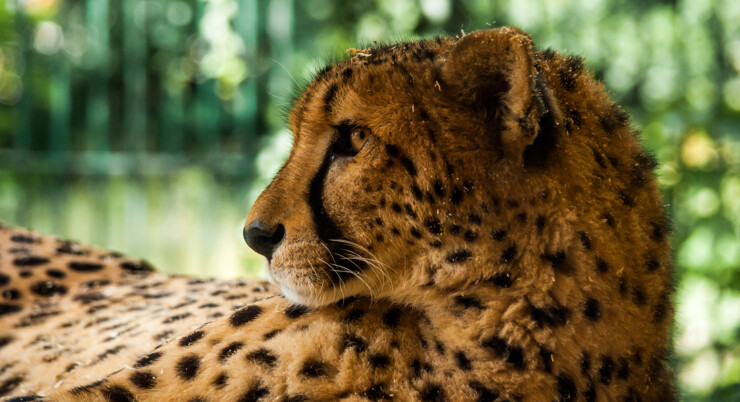
The largest national park in Angola, the Iona National Park is situated in the most southwesterly point of the country. It covers an expansive area of over 15,000 square kilometers. Although the national parks were hit hard by illegal animal poaching during the civil war, efforts to replace and restore the wildlife in the park are underway.
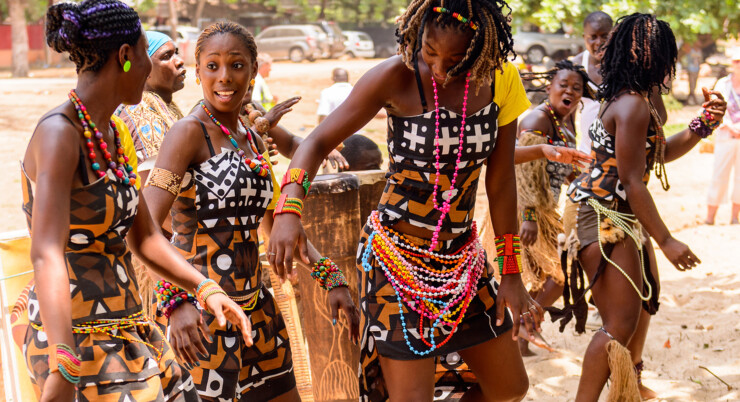
The country of Angola needs at least a few months to get around and see everything and get to actually experience the diversity that it offers, but 12 days in Angola would be a great introductory trip to get a gist of the country.

Demand for business travel to Luanda is growing that’s why we prepare a special Business package for you wich includes: airpot pickup, accommodation, translator and safety during your stay.
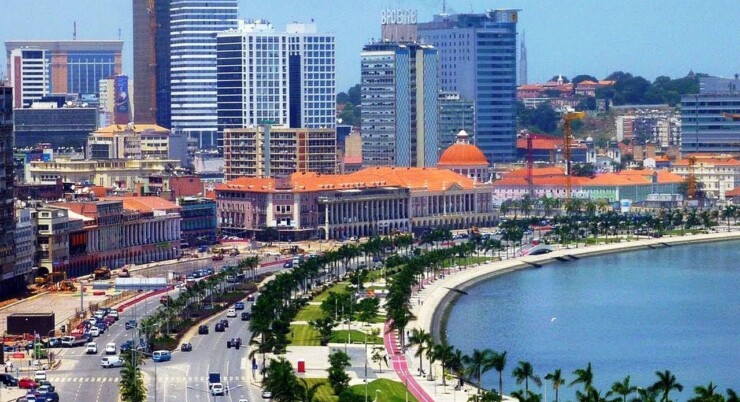
Site of its primary port and the largest airport for a country on Africa’s southwestern coast, Luanda serves as the capital city for the Republic of Angola.
Nicknames for Luanda include the “New El Dorado” and “Paris of Africa”.
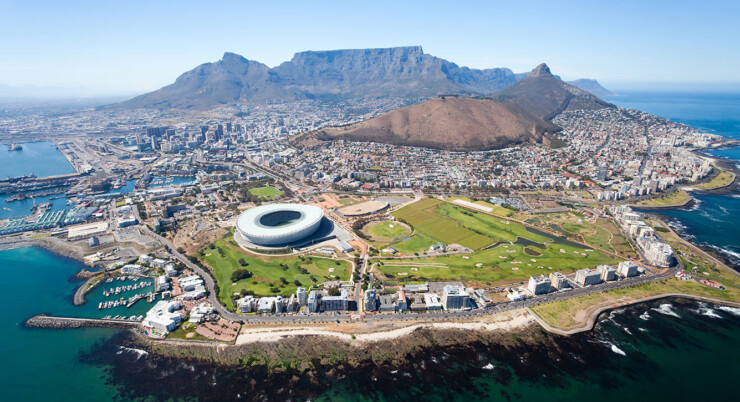
Considering this trip you will have an incredible opportunity to see two different faces of Sub-Saharian Africa. Angola, huge and beautiful country among virgins landscapes and rising democracy. The Republic of South Africa, the richest country in Africa with two major cities Johannesburg and Cape Town.

Kalandula Falls are still a haven of tranquility here you can experience the real Africa the Kalandula Falls lie in the course of the Lucala River they are among the most impressive natural wonders of Angola and are the second highest in Africa with a drop of 105 m.
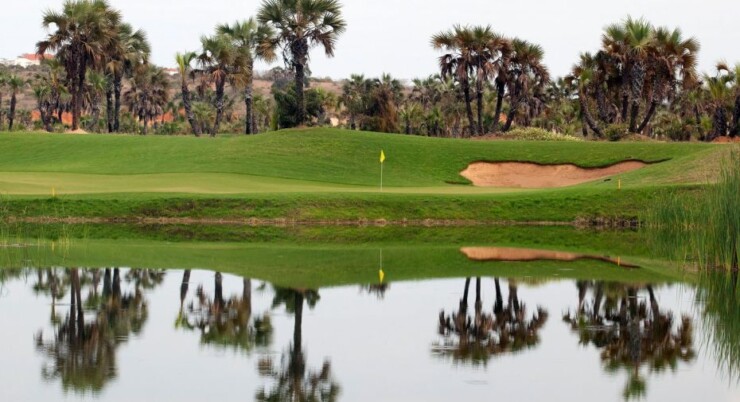
One of the most popular tourist destinations in Africa, Tanzania is well-established as one of the best wildlife-viewing destinations in the world.
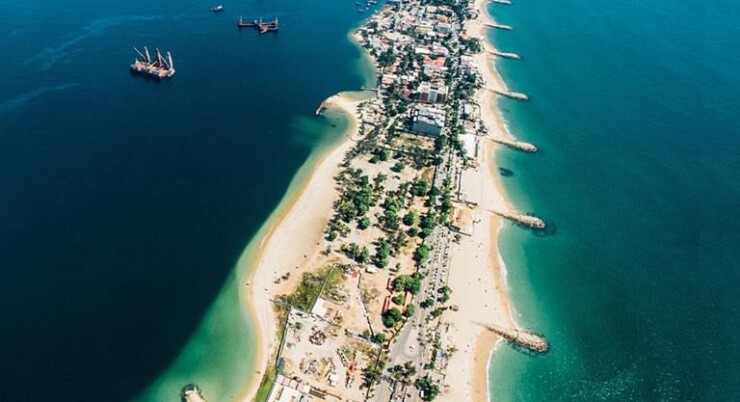
Morocco has variety and an exotic feel that has fascinated travellers since long before the modern traveller arrived. Morocco’s Amazing Diversity.
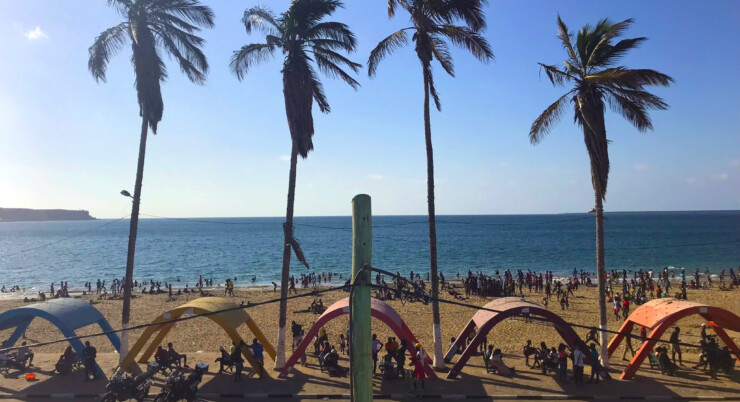
Compact and diverse, Ecuador is like a tasting menu for South America. There are Andean mountains, complete with glacial volcanoes.
